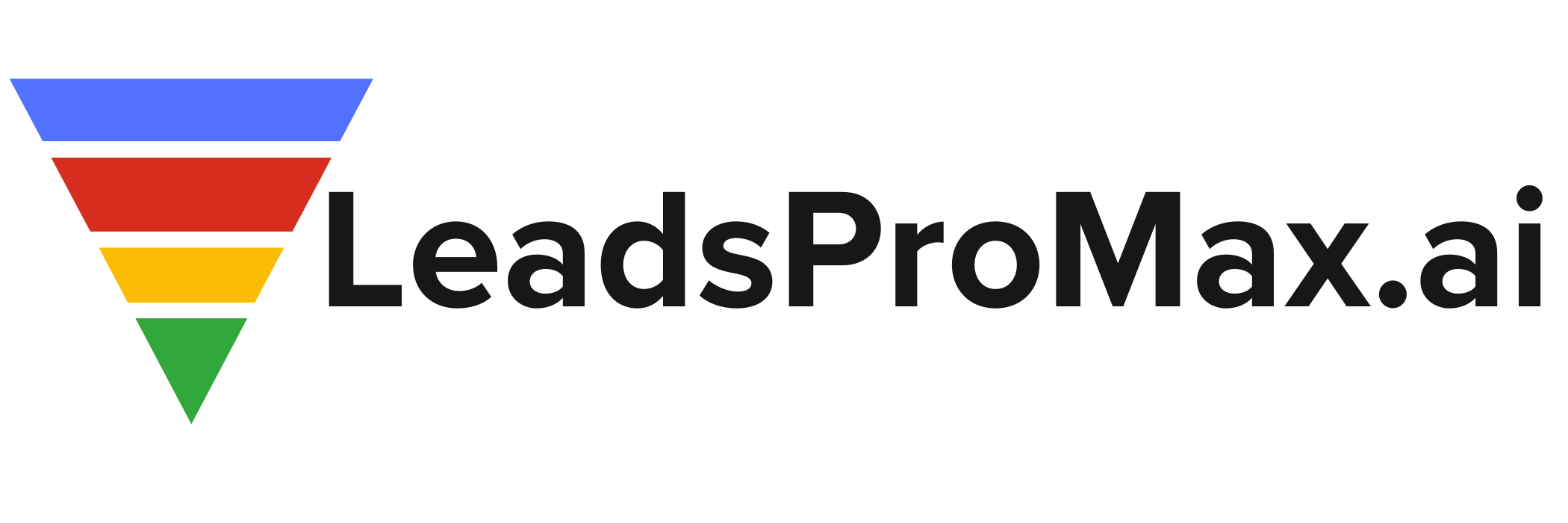Predictive Disease Analytics: Revolutionizing Healthcare with AI and Big Data
The healthcare industry is on the cusp of a major transformation, driven by the rapid adoption of artificial intelligence (AI) and advanced analytics tools. Among the most promising applications of these technologies is predictive disease analytics, a field that is poised for explosive growth in the coming years. According to recent market research, the predictive disease analytics market is expected to reach a staggering USD 10.2 billion by 2030, expanding at a compound annual growth rate (CAGR) of about 22.7% from 2025 to 2030[1][2][4].
What is Predictive Disease Analytics?
Predictive disease analytics involves the use of software solutions that analyze vast amounts of patient data to support precise diagnostics, individualized treatments, and data-driven care. By leveraging the power of AI and machine learning, these tools enable healthcare providers to better understand disease prevalence, manage risks, and optimize patient care, ultimately leading to improved outcomes and reduced costs.
One of the most significant applications of predictive disease analytics has been in the context of the COVID-19 pandemic. By analyzing patient data, these tools have helped healthcare providers predict the severity of infections, manage resources more effectively, and make data-driven decisions about patient care[1]. This has not only accelerated the adoption of predictive analytics in healthcare but also highlighted its immense potential for transforming the industry.
Key Drivers of Market Growth
Several factors are driving the rapid growth of the predictive disease analytics market. These include:
1. Rising prevalence of chronic diseases: As the global population ages and lifestyle-related diseases become more common, healthcare providers are turning to predictive analytics to better manage these conditions and improve patient outcomes[2].
2. Advancements in AI and big data analytics: The rapid development of AI and machine learning technologies, coupled with the explosion of healthcare data, is enabling more sophisticated and accurate predictive models[3].
3. Growing demand for personalized medicine: Predictive analytics is playing a key role in the development of personalized treatment plans, which take into account an individual’s unique genetic profile, medical history, and lifestyle factors[2].
4. Increasing digitization of healthcare systems: The widespread adoption of electronic health records (EHRs) and other digital health technologies is providing a wealth of data that can be leveraged for predictive analytics[5].
Regional Insights and Key Players
North America currently holds the largest share of the predictive disease analytics market, accounting for around 45% of the total market size. This can be attributed to the region’s robust healthcare digitization efforts and supportive government initiatives that promote precision medicine[2].
The market is highly competitive, with several major players vying for a piece of the pie. Some of the key companies operating in this space include Oracle, IBM, Cerner, SAS, GE Healthcare, and Siemens Healthineers[3].
The Future of Healthcare: Data-Driven and Personalized
As healthcare systems continue to generate vast amounts of data—from electronic health records and wearable devices to digital health tracking—the demand for predictive analytics will only continue to grow. By integrating AI, machine learning, and big data analytics, healthcare providers can gain deeper insights into patient health, enabling early disease diagnosis, optimized treatment plans, and better resource allocation[5].
The implications of this technology are far-reaching. Not only does it have the potential to significantly improve patient outcomes, but it can also help healthcare organizations operate more efficiently and cost-effectively. By leveraging predictive analytics, providers can reduce unnecessary tests and procedures, optimize staffing and resource allocation, and ultimately deliver higher-quality care at a lower cost.
As we look to the future, it’s clear that predictive disease analytics will play an increasingly critical role in shaping the healthcare landscape. With the market poised for substantial growth through 2030, now is the time for healthcare organizations to invest in these cutting-edge technologies and start realizing the benefits of data-driven, personalized care.
#PredictiveAnalytics #HealthcareAI #DataDrivenMedicine
Are you ready to harness the power of predictive disease analytics in your healthcare organization? Share your thoughts and experiences in the comments below, and don’t forget to like and share this post with your network.
-> Original article and inspiration provided by Research and Markets
-> Connect with one of our AI Strategists today at ReviewAgent.ai


